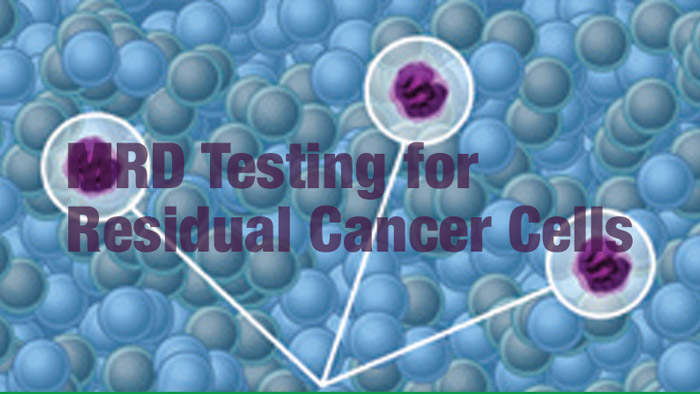Next Generation Sequencing (NGS) and flow cytometry are two different ways of testing for Minimal Residual Disease (MRD) in multiple myeloma. Each has certain advantages and disadvantages.
What is becoming more clear is that for both NGS and flow, it is suggested that 10-6 should be the optimal cutoff. In fact, in the final analysis of the IFM2009 the authors concluded the following:
- MRD could (should?) be considered as a novel surrogate biomarker for trial evaluation.
- The best sensitivity is associated with the best discrimination in PFS and OS
- Suggested that 10-6 should be the optimal cutoff for the definition of MRD negativity.
What are the Advantages and Disadvantages of NGS and Flow?
I think they both have pros and cons, actually. The utility and the adoption will pretty much depend on local capability and access and possibly cost as well. What is clear now is that whether you use flow or NGS, the optimal cutoff for the definition of MRD negativity is 10-6. That is the important cut off.
The advantage to the NGS testing is that the samples don’t need to be fresh. So in terms of multi-center trials, the logistics of using the NGS method is clearly a bit easier because you don’t have to ship fresh samples all over the place, to central labs. But the disadvantage is that you do need a baseline sample as well as the remission samples for testing because you need the baseline sample to actually see what the clones are to compare.
The advantage of the flow is that you don’t need a baseline sample. You just need the remission sample. So, you can reduce the sampling that is needed. The great disadvantage of flow is that it needs fresh samples. So suddenly, if you don’t have the local capability and you need to send, there’s issue of sampling, first of all, the purity of the sample, and with the shipment whether it affects bioviability and how that affects the readout of the assay. So, I think they all have pros and cons. It all depends on access and local capability. I think we’ll…depending on whether one is chosen over the other local site, but both are currently recognized in the IMWG response criteria for MRD testing.
This is an excerpt from an interview with Prof Wee Joo Chng, MD done at the 2017 ASH Meeting. Watch the full interview here. Prof Chng is the Director of the National University Cancer Institute, Singapore (NCIS). Prof Chng is a member of the World Myeloma Forum Expert Panel. Full Bio here.
